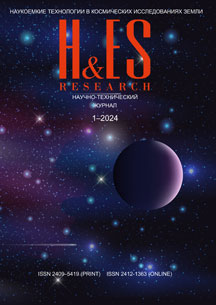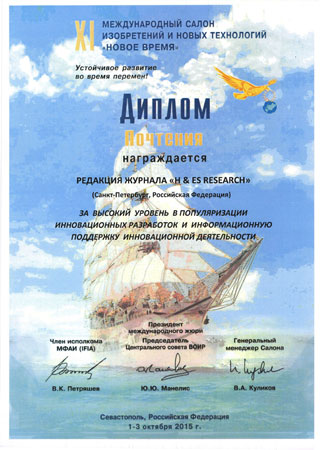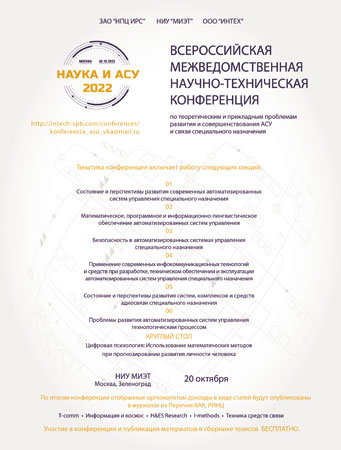A mathematical model is proposed for the functioning of the phase-frequency synchronization system, based on the digital phase-locked loop and an adaptive equalizer, which implements a capture and hold band sufficient to satisfy the given requirements for noise immunity under the influence of strong ionospheric disturbances.
Using the general form of the transfer function for a closed synchronization loop in the z-domain, typical links of the phase-locked loop were introduced, as well as an additional element in the form of an adaptive filter - equalizer. The mathematical model for the adaptive equalizer was a linear adder with time-fixed weighting coefficients. Based on the analytical analysis of the transfer functions of the described system, by assessing their stability through the display of impulse response in the steady state, when responding to typical disturbances, in the form of an instantaneous phase step, instantaneous frequency step and frequency ramp, the choice of the order of the digital phase-locked loop and a model is proposed that implements the required capture and retention band without involving the frequency search system and tuning the controlled voltage generator. The basis of the approach is the adjustment of the proportional gain of the loop filter, depending on the value of the instantaneous frequency step in the communication channel, and as a result, the functioning of the frequency-phase synchronization subsystem with a steady-state phase error not exceeding the permissible value. Phase shift at the output of the subsystem, it is proposed to implement an effective operating mode of a promising module for increasing the noise immunity of the modem complex, operating in the decameter wavelength range of the radio waves and constructed using software-configured radio technology, with a fixed contribution to the total probability of bit error by the residual phase shift of the subsystem frequency phase synchronization. The assumptions and limitations of the model are described, the main of which are: the impossibility of taking into account the stochastic dynamics of the system; invariance to the type of modulation of the transmitted signal and the inability to take into account the specifics of the used information exchange protocol and, as a consequence, the structure of the information package.



















